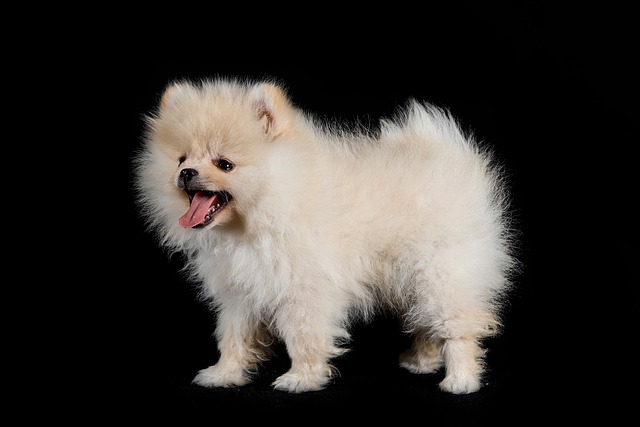
What is glaucoma in a dog?
You might notice your dog squinting more at mealtime or avoiding bright sunlight—these small changes could be early signs of a serious eye condition.
Imagine you’re in your Phoenix apartment at 10 p.m.—the AC is cranked to 75°F, but you still find your 1-year-old Labrador, Luna, lying on the tile floor, her tongue lolling and sides heaving as she pants. You kneel down, and her paw feels warm to the touch—you wonder: “How do I cool down a panting dog at night?” For new U.S. dog owners in hot states, where nighttime temperatures can stay above 80°F, this late-night worry is common—but calming Luna’s panting doesn’t need fancy gear, just simple, dog-safe tricks that fit apartment life.
First, let’s break down why dogs pant at night: Unlike humans, dogs don’t sweat much—they rely on panting and paw pad sweat to cool down. If Luna spent even 20 minutes playing in the afternoon heat, her body might still hold that warmth hours later, especially in a closed apartment where air doesn’t flow freely. Brachycephalic breeds (like Pugs or Bulldogs) pant more at night because their short noses make cooling harder, but even Labs like Luna struggle. My neighbor in Phoenix had a 6-month-old Goldendoodle who pant so hard at night she couldn’t sleep—turns out, his bed was near a sunny window that retained heat all day. The key is to target where dogs hold heat: their belly, paws, and neck.
Here’s how to cool your panting dog at night, step by step, in an apartment: Start with cooling their body directly: Wet a clean towel with room-temperature water (not cold—sudden cold can shock their system) and gently wipe their paw pads, belly, and inner thighs. The water evaporates, pulling heat away—Luna will likely stretch out to let you do it. Next, create a cool sleep spot: Move her bed from the floor to a raised cot (air flows underneath) or lay a pet-safe cooling mat on it (they stay cool for 4–6 hours). Freeze a water bottle, wrap it in a towel, and set it near her bed—she can lean against it if she wants. Reward her with a tiny freeze-dried salmon treat when she lies on the cool spot; positive reinforcement helps her associate it with comfort, instead of avoiding it. Never scold her for panting—she can’t help it, and punishment stresses her out (against U.S. animal welfare norms). If your apartment has a balcony, crack the door slightly for fresh air (but never leave her outside alone—nighttime pests or predators are a risk).

Don’t let late-night cooling skip U.S. rules and community manners. Even as you calm Luna, keep her rabies vaccine up to date—Arizona requires dogs over 4 months old to have it, and fines go up to $250 if you skip it. If her panting is from illness (not heat—signs like vomiting or confusion mean a vet visit), they’ll need current vaccine records. If you take her for a late-night potty break (keep it under 5 minutes!), always carry biodegradable poop bags—Phoenix fines $100 for leaving waste behind, and it’s respectful to neighbors sleeping nearby. In your apartment building, avoid using loud fans that might disturb people next door—opt for quiet, oscillating fans pointed at the floor (not directly at Luna). Never use human cooling products (like ice packs) on her—they can cause frostbite on her sensitive skin.
At its core, cooling a panting dog at night is about being gentle and observant. With a wet towel, a cool bed, and following local laws, Luna will stop heaving and start sleeping soundly. You don’t need to stay up all night worrying—just check on her once, adjust her spot, and both of you will get a good night’s rest.

You might notice your dog squinting more at mealtime or avoiding bright sunlight—these small changes could be early signs of a serious eye condition.

Let’s set the scene: It’s a sweltering Phoenix afternoon—105°F outside—and you rushed your 2-year-old Lab mix, Cooper, on a quick walk to “get it over with.”

Let’s get real: You’re in your Miami apartment, watching your 3-year-old Corgi, Loki, struggle to climb the stairs to your second-floor unit.

Many dog owners brush off occasional scratching as just “dog behavior,” but persistent itching often signals something more—like a food allergy.

You might first notice your dog scratching more than usual—chewing at their paws until the fur looks thin, or rubbing their face against the couch nonstop.

Let’s be real: You’re standing in your Chicago apartment, watching your 3-year-old Beagle, Max, huff and puff just to climb onto the couch.